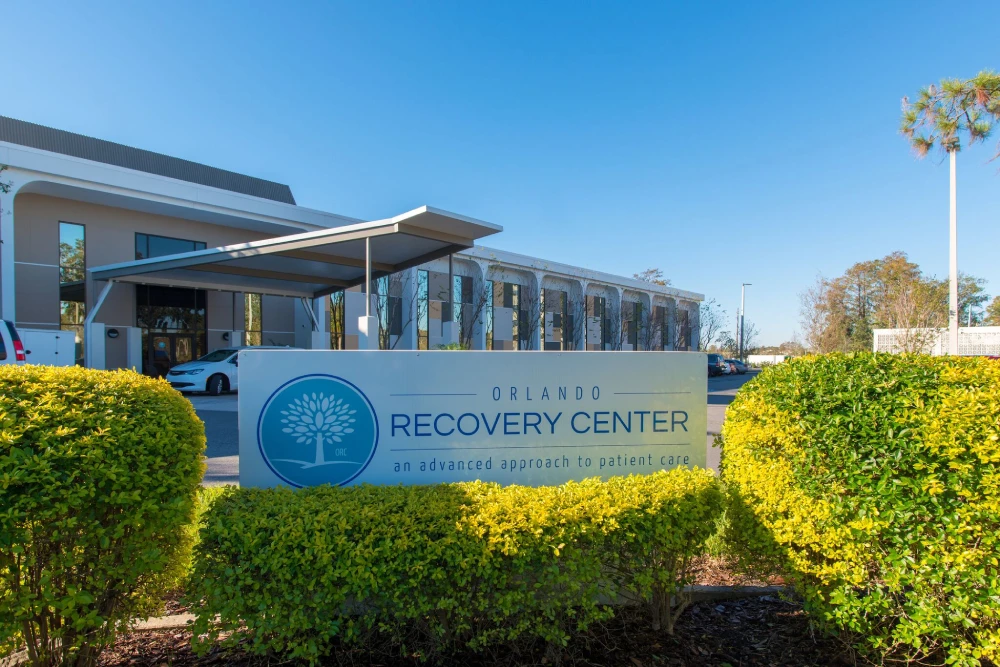Learn about how harm reduction is being used to help people with addiction and the controversy surrounding it.
Harm reduction, simply put, is anapproachthat aims to reduce the harmful effects of addictive behavior. Harm reduction does not try to change the behavior of those who have an addiction or try to get them to stop using harmful substances. Instead, harm reduction therapy is focused on reducing the health and social effects that drugs or alcohol can have by encouraging safer use. The underlyingprinciple behind harm reductionis that the use of drugs does not mean people forfeit their human rights and that people are best served by reducing the likelihood of harm instead of imposing judgment or advocating for an abstinence-only rehab program.
What Is Harm Reduction?
There is no specific, universally accepted definition for harm reduction. Harm reduction is typically taken to mean an approach to addiction management where the focus is not on encouraging abstinence, but on reducing the harmful effects of a substance without requiring a complete lifestyle change. The goal is to safely promote the independence of the person with the addiction rather than try to get them to change their lives completely.
Principles of Harm Reduction
As there is no strict definition of harm reduction, there are several slightly different harm reduction models. Each type of harm reduction model has some variations, but there are somecore principlesthat are typically the same for each model, including:
- Respecting the individual rights of those who use drugs or alcohol
- Only using techniques that are based on evidence
- Avoiding stigma and negative perceptions of those who use substances
- Reducing the risk of harm associated with using substances
- Offering access to resources that can help people stop using substances
Some programs or organizations may have their own unique model for harm reduction programs, depending on their goals. The core principles of harm reduction will, however, generally be the same, even if they are worded somewhat differently or provided in greater detail.
Examples of Harm Reduction in Substance Abuse Treatment
Harm reduction strategies often focus on avoiding overdose, the risk of infection or the development of new or stronger addictions. These strategies focus on being available to help someone who wants to stop an addition rather than focusing on trying to get everyone with an addiction to stop using drugs or alcohol.
Some effective harm reduction program examples include:
- Opioid Replacement Therapy:Opioid replacement therapyinvolves replacing a dangerous opioid such as heroin that can be easily overdosed on with a safer, less addictive alternative, such as methadone or Suboxone.
- Safe Injection Sites:Safe injection sitesare places where people can go to use dangerous drugs under supervision, reducing the risk of a fatal overdose and providing immediate medical attention when necessary.
- Needle Exchange Programs:Needle exchange programstypicallyallow those who inject drugs to exchange their used needles for clean ones. The details in this type of program can vary, but overall, they focus on reducing the risk of blood-borne infections like HIV or Hepatitis C.
- Moderation Management:Moderation management is typically used in cases of alcohol addiction, although it may refer to any substance, and focuses on using a safe amount of alcohol. This approach does not avoid drinking but provides ways to drink without drinking in excess.
Goals of Harm Reduction
The primary goal of harm reduction is to reduce the harm that may be experienced with substance use while not challenging a person’s right to use substances. The secondary goal is to provide people with resources when they do decide they would like to stop using substances. Neither of these goals encourages abstinence unless the person who uses substances decides they would like to become sober.
Controversy Over Harm Reduction
There iscontroversyover harm reduction and whether or not it is a good approach to helping those with addiction. The argument against harm reduction points out that using drugs is inherently dangerous, and that by not encouraging abstinence, those who promote harm reduction are promoting an unsafe lifestyle, even if they are making it less unsafe. On the other hand, those who support harm reduction often point to evidence that harm reduction does reduce the risk of infection and overdose. The argument made by those who support abstinence is that while harm reduction does reduce the negative effects of substance use, these effects are completely reduced if someone is abstinent. The harm reduction model vs. abstinence model controversy is not likely to be resolved soon and is one of the key factors in the debate of whether certain recreational drugs should be legal or not.
Additional Resources on Harm Reduction
More harm reduction information can be found at organizations that support harm reduction, such as:
- Harm Reduction Coalition
- Harm Reduction International
- North American Syringe Exchange Network
- The Center for Harm Reduction Therapy.
Other harm reduction resources and information may be available from your state’s department of health, although this will depend on the state you live in and if your state has any active or upcoming harm reduction initiatives.
If you or a loved one are struggling with an addiction, or are using a substance even though it is unsafe and there are risks with using it, then you may need professional advice on how to stay safe. The Recovery Village is dedicated to helping people who use substances remain safe and may be able to offer you help with unsafe drug use.Reach outto one of our understanding team members to learn more about how The Recovery Village can help.
















